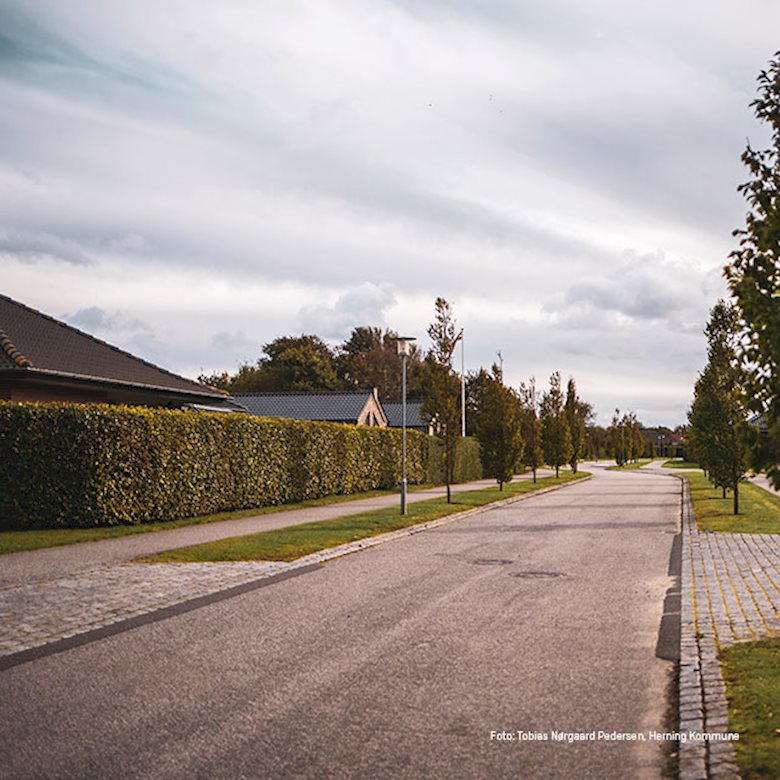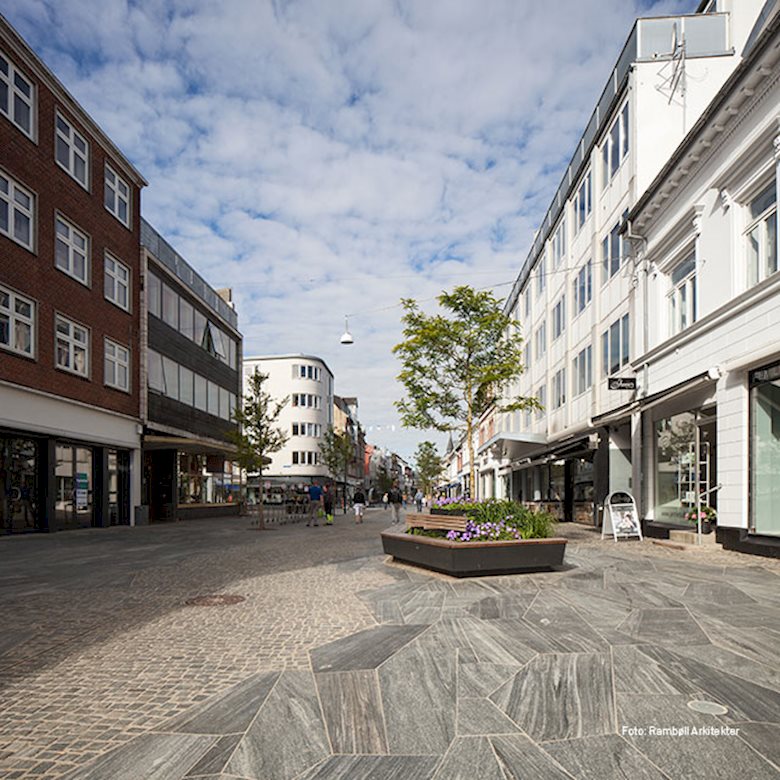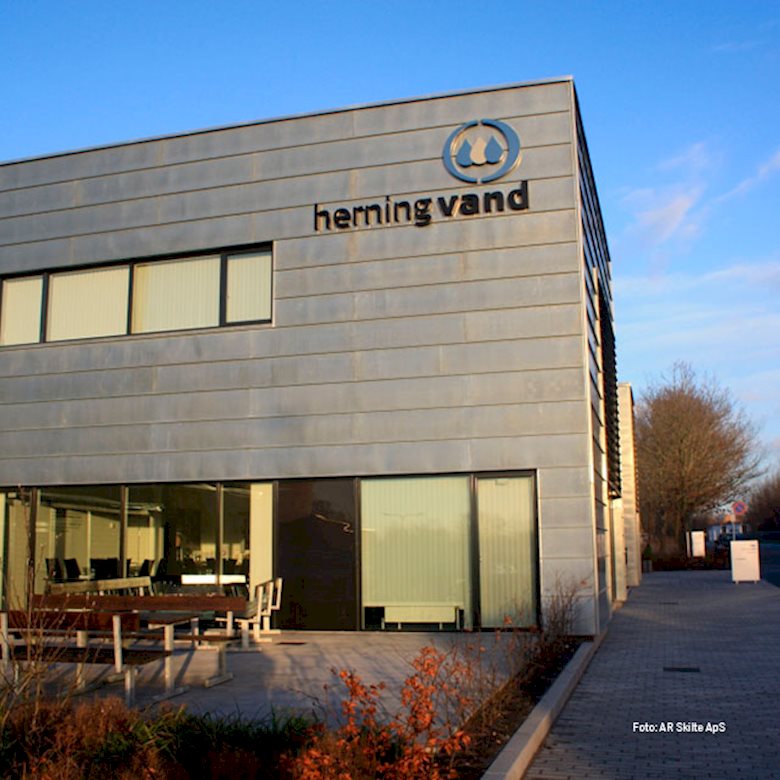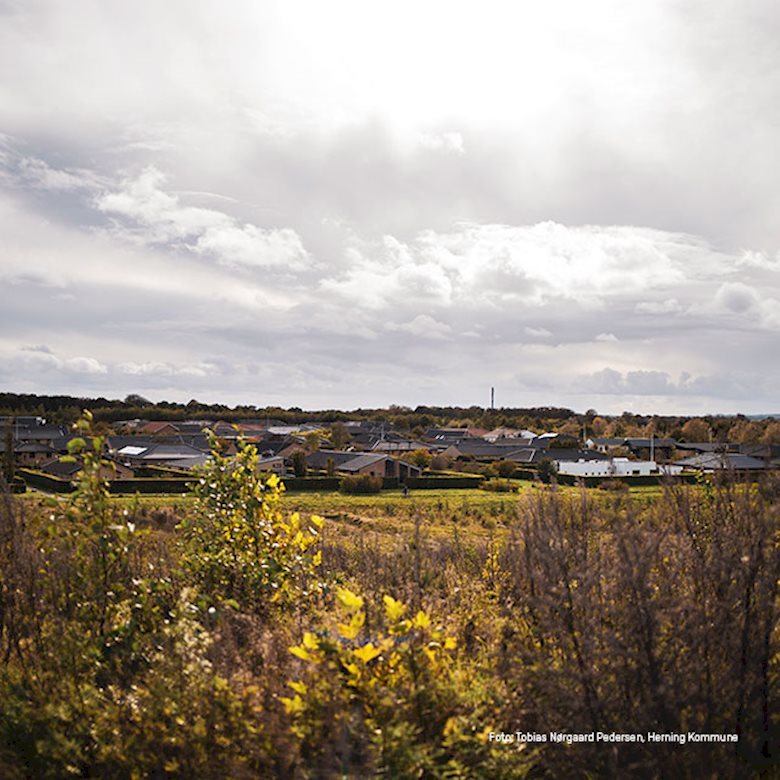Posted on Thursday, January 30, 2020 by Benny Nielsen
When your goal is data, smart meters are the means
In Herning, Denmark, data is worth a lot. In just 12 months, the water utility that supply 18,000 households with clean quality water have reduced Non-Revenue Water, improved customer service and optimised operations. And that’s just the beginning.
Data made us captain of the bridge in 12 months
Amongst water utilities, digitalisation bears the promise of operational optimisation, better input for asset management and more proactive customer service. That all sounds captivating, but what is hot air and what is reality? At IoT Week 2019 in Aarhus, I was asked to present the results that we have seen from implementing smart water meters, a communication infrastructure and the analytics tool Water Intelligence. The following are the highlights from my presentation and they show that the combination of reliable data and our desire to translate them to practice in our operation creates tangible results.
Captain of the bridge
In the middle of Jutland, Denmark, lies Herning. Our water utility supplies 66,000 people with clean water via an 800 km network. In 2015, we decided to set our strategic efforts to digitalise our utility, get more in control of our assets and enable ourselves to deliver more proactive customer service. In our Planning and Projects Department, we wanted to take control and truly become the captain on the bridge of our utility instead of being locked in the bulk of the ship with little to no knowledge of what went on in our distribution network. We have done just that with smart meters from Kamstrup and a fully automated remote reading system.
Now we focus our efforts on leakages
– taking the pile and leaving the dust
During the installation process, we divided the city and its surrounding supply areas into districts in cooperation with Kamstrup. Each district is metered by a larger district meter. Based on how much water is pumped in and how much is consumed, Water Intelligence automatically calculates a water balance for each district. Using these water balances we have discovered two areas where 30% of the water delivered could not be accounted for due to leakages and leaky valves.
With our new system, we wanted an overview of our operations and input for controlling water loss. Approaching the task like this has proven very fruitful. We now focus our efforts on leakages in limited areas so we are “taking the pile and leaving the dust”. After just 12 months of operation, we have reduced leakages from 8.5% to approximately 6%. In addition to working proactively with water loss, we’ve identified two one-way valve failures, thereby reducing energy loss caused by the bypass and two open valves, that ought be closed. We have access to ongoing temperature measurements and we are notified by alarms in case of backflows, tampering attempts and dry meters.
From drawing board to results in less than two years
There’s a big difference between investing in mechanical meters to investing in your own full communication network with smart meters, data collection and analytics software. We began our planning by setting goals for what we wanted to be able to do with our new system.
- An overview of operations for e.g. energy and water loss.
- Input for controlling risks like pipe bursts and leakages.
- Improved foundation for future investments.
- Improved revenue protection based on reduced losses from debtors and a more exact basis for billing.
The actual implementation of the full solution only took 10 months: from initiating the tender in August 2016 and deciding on our preferred solution in May 2017 to installing 18.000 smart meters and a complete infrastructure for remote reading. From the moment we decided on a solution to full operation only 19 months passed.
We are now utilising the potential of big data
In the administrative part of our business, we have achieved annual savings of 2.8% of our total investment. These savings have been created through cleaning up our customer base, cutting off water for bad payers and cleaning up billing from owners and renters. We’ve streamlined the billing process significantly by not having to read our meters manually, which also means that we handle yearly settlements and settlements when customers are moving without any hassle.
Before choosing Kamstrup as our solution provider, we had some concerns about the solution. The price of hardware were higher and the infrastructure we needed were larger than we first anticipated and significantly more expensive than investing in mechanical meters. Another concern was that the technology we were to implement would be outpaced by new technological developments in the 16-year lifetime of the project. But the first year of operation alone shows that the way we work with data and digitalisation delivers results that make the investment profitable for us.





